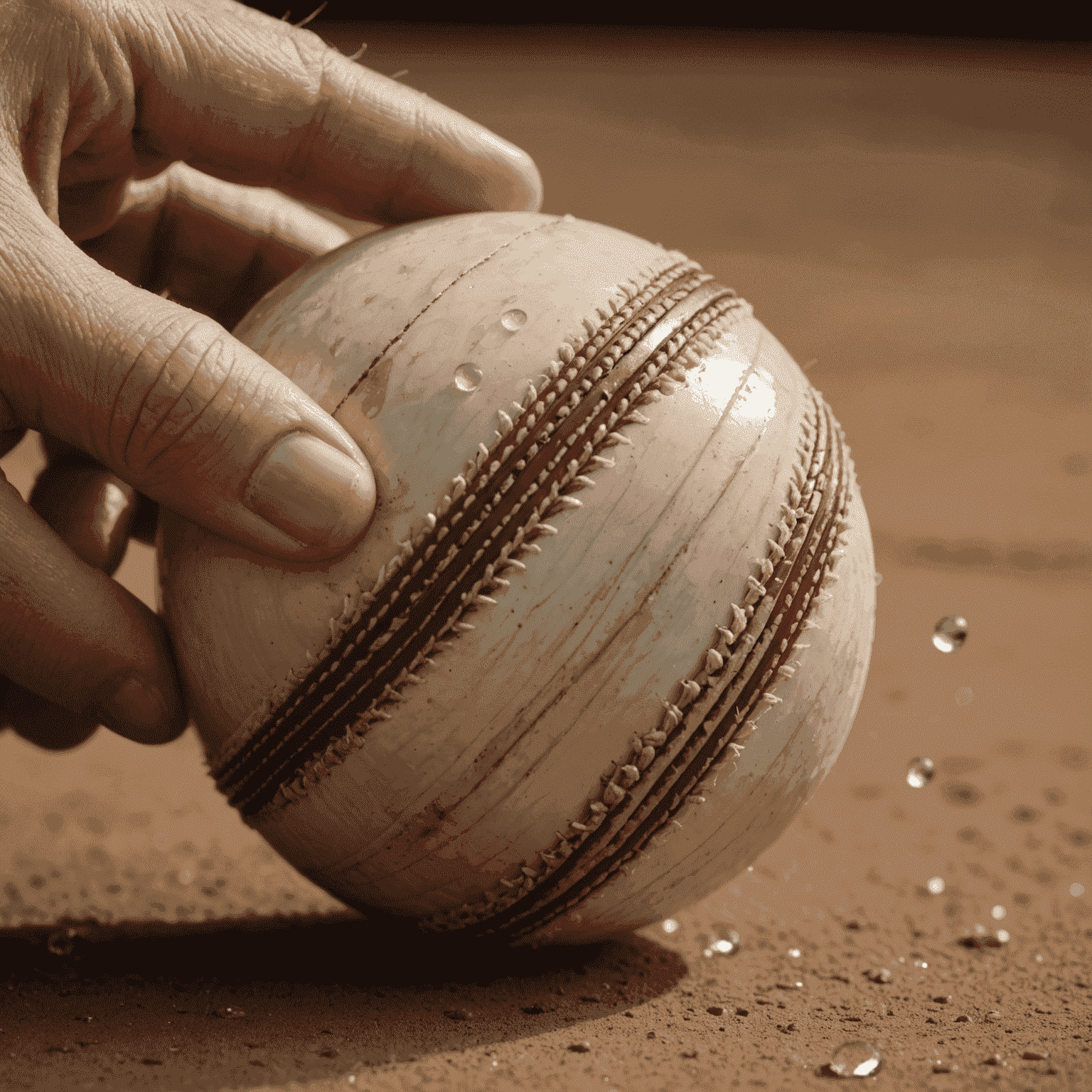Weather's Impact on Ball Behavior in Cricket
Cricket, a sport deeply influenced by environmental factors, sees significant changes in ball behavior under various weather conditions. From cloudy days to scorching heat, let's examine how different weather patterns affect the movement of the cricket ball.

Cloudy Conditions: The Swing Bowler's Paradise
Overcast skies create ideal conditions for swing bowling. The moisture in the air and lack of direct sunlight help maintain the ball's shine on one side, enhancing the aerodynamic properties that cause the ball to swing. Bowlers skilled in the art of swing, utilizing techniques like reverse swing, find these conditions particularly advantageous.
Hot and Dry Weather: Spin Comes into Play
In scorching heat, the pitch tends to dry out and crack, providing an excellent surface for spin bowlers. The ball grips the surface more effectively, allowing for sharp turns and unpredictable bounces. This weather favors both off-spinners and leg-spinners, who can exploit the conditions to deceive batsmen.
Humid Conditions: The Seam Bowler's Ally
High humidity levels can make the ball slightly heavier and affect its movement through the air. Seam bowlers can exploit this by achieving subtle movements off the pitch, making it challenging for batsmen to predict the ball's trajectory after bouncing.

Windy Conditions: A Double-Edged Sword
Strong winds can significantly alter the ball's path, adding an extra layer of complexity to both bowling and batting. Bowlers might find it challenging to maintain accuracy, while batsmen must adjust their technique to account for the wind's influence on the ball's trajectory.
The Science Behind the Movement
The physics of ball movement in cricket is a fascinating subject. Factors such as air pressure, humidity, and temperature all play crucial roles in determining how the ball behaves. Understanding these principles allows bowlers to adapt their techniques and exploit the conditions to their advantage.
Adapting to Changing Conditions
Successful cricketers and teams are those who can quickly adapt to changing weather conditions. This adaptability often involves adjusting bowling techniques, field placements, and batting strategies to make the most of the prevailing weather.
Weather's impact on cricket ball behavior adds an exciting dimension to the sport, making each match unique and unpredictable. As our understanding of ball physics and bowling techniques continues to evolve, so too does the artistry and science behind cricket's most fundamental element – the interaction between ball and player.